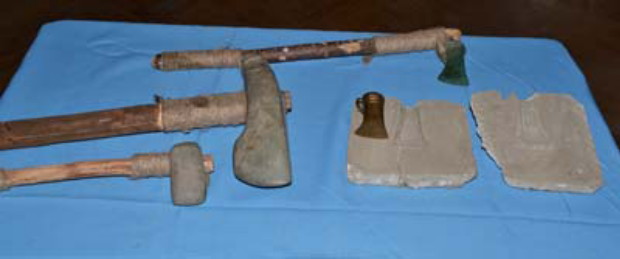Komariv culture
Komariv culture. An archeological culture of the middle and late Bronze Age (17th–12th centuries BC), named after a settlement and a burial site excavated in 1886 and 1934–6 near Komariv, Stanyslaviv county, Galicia (present-day Ivano-Frankivsk oblast). The culture existed throughout Subcarpathia, Podilia, Volhynia, and part of the middle Dnipro River region. Its people lived in patriarchal clans and practiced crop cultivation and herding. They rarely interred their dead; instead corpses were covered with mounds of earth, frequently after a cremation ritual. Their houses were built of wood and earth on a stone and oak foundation. Flint, stone, and bronze weapons and tools, corded earthenware, and bronze ornaments were discovered during excavations. Scholars believe that the people were the ancestors of either the Thracians or the proto-Slavs.
[This article originally appeared in the Encyclopedia of Ukraine, vol. 2 (1989).]

